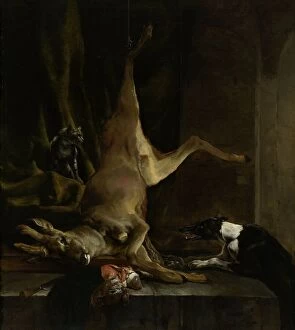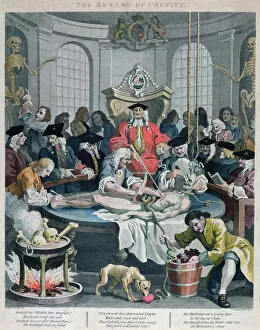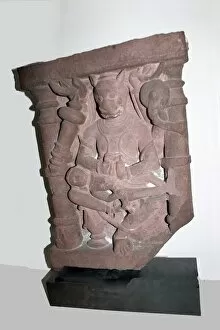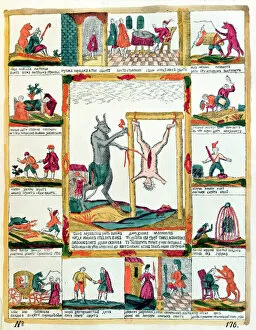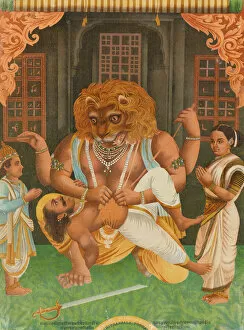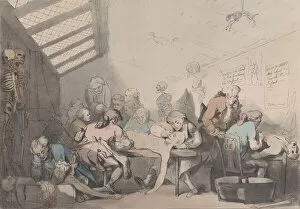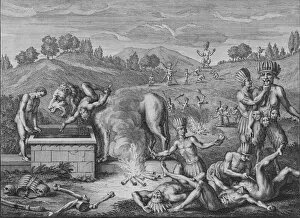Disembowelling Collection
"Exploring the Gruesome Art of Disembowelling: A Glimpse into Historical Depictions" From ancient civilizations to medieval Europe
For sale as Licensed Images
Choose your image, Select your licence and Download the media
"Exploring the Gruesome Art of Disembowelling: A Glimpse into Historical Depictions" From ancient civilizations to medieval Europe, the act has been a subject that both fascinates and horrifies. In Indian artwork like "Indians as Cannibals, " we witness oil on copper paintings depicting gruesome scenes of cannibalism, highlighting the dark side of human nature. Moving forward in time, "The Martyrdom of St Erasmus" showcases an oil on panel painting from 1474, capturing the brutal execution method used during that era. The vivid colors and intricate details emphasize the martyr's sacrifice for his beliefs. In "A Human Sacrifice, " a late 18th-century watercolor on paper from Teatro de la Nueva Espana, we are confronted with a chilling scene where lives were taken to appease ancient gods. This illustration sheds light on the rituals practiced by indigenous cultures at that time. During Elizabeth I's reign in England (1533-1603), Catholics faced persecution and death for their faith. An engraving captures this dark period in history when executions were carried out as punishment for religious dissenters. "The Reward of Cruelty" presents a colored engraving from Thomas Cook's series called "The Four Stages of Cruelty. " It depicts animals taking revenge on their tormentors, serving as a reminder that cruelty begets its own consequences. "The Usual Punishments in Germany during the Middle Ages" is an engraving found in Laienspiegel by Ulrich Tengler. This image provides insight into how justice was administered through violent means during those times. "Cannibals Preparing their Victims" portrays an unsettling scene where Jean de Brebeuf and Gabriel Lallemant are being skinned by Iroquois tribesmen. Painted around 1800-08, this oil on panel artwork depicts the horrors faced by European explorers in North America.

